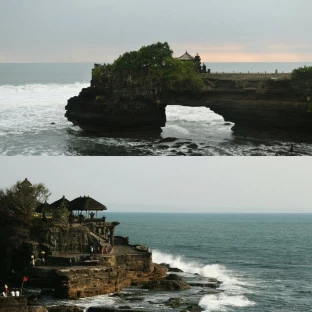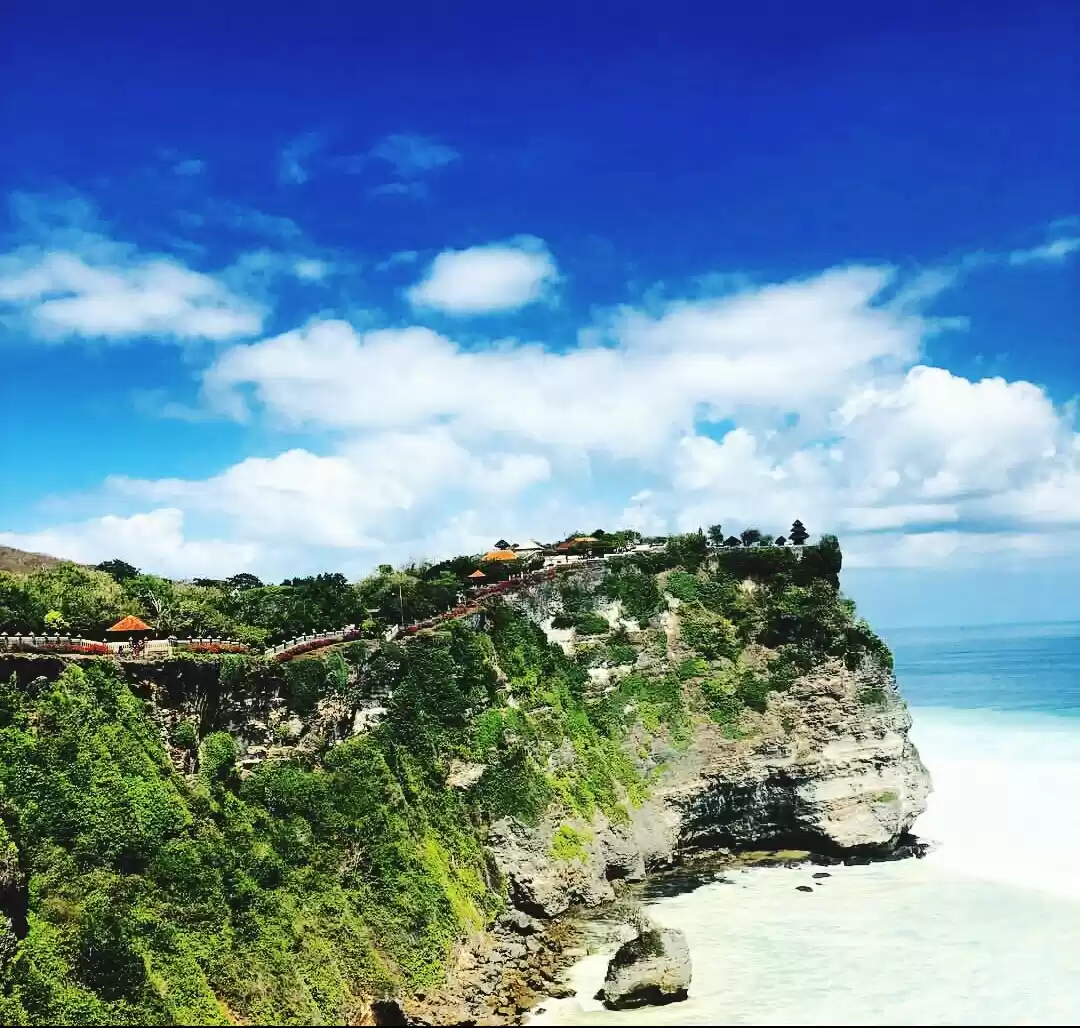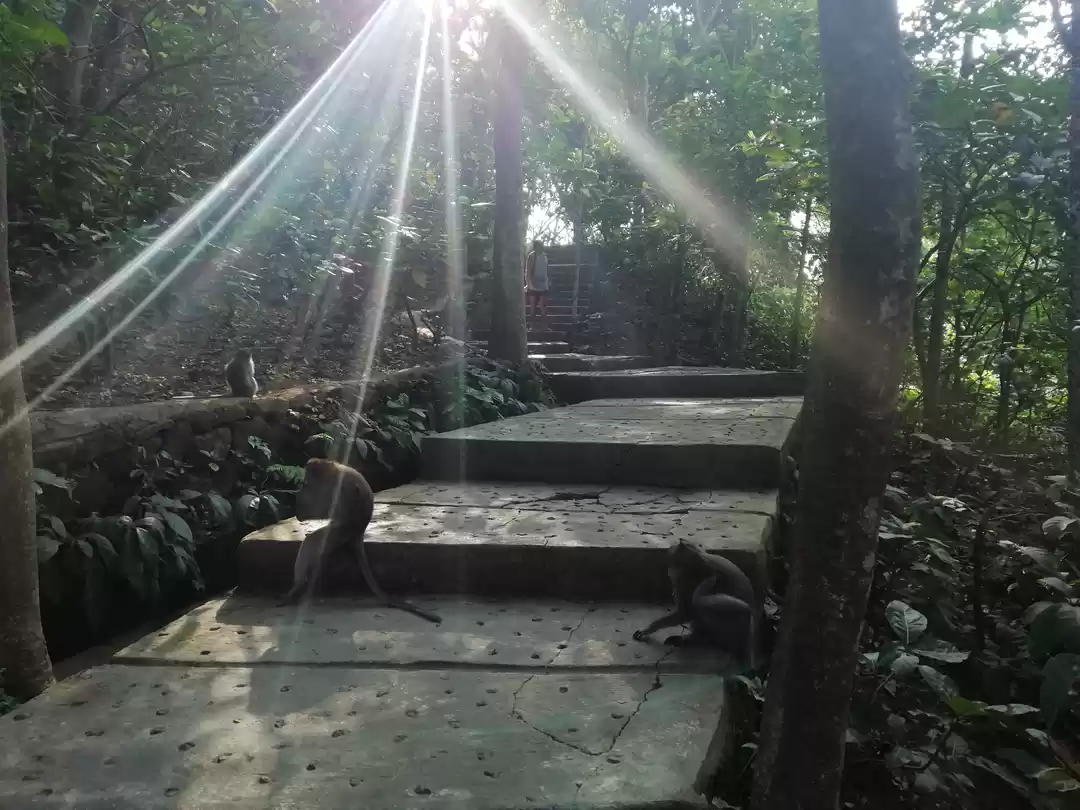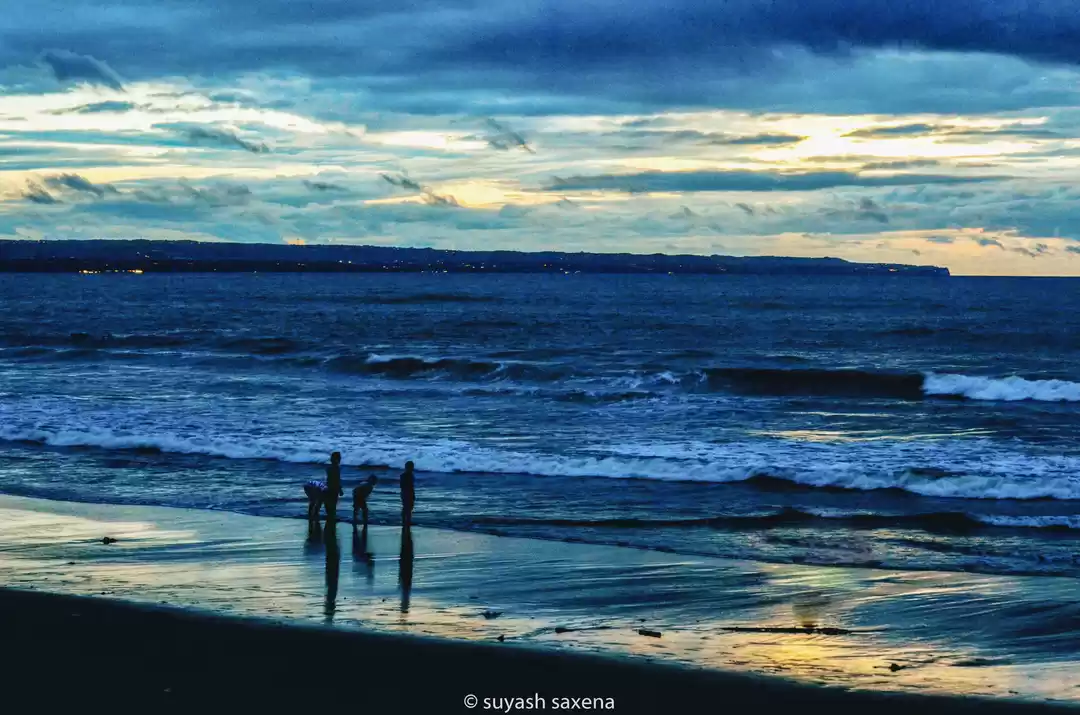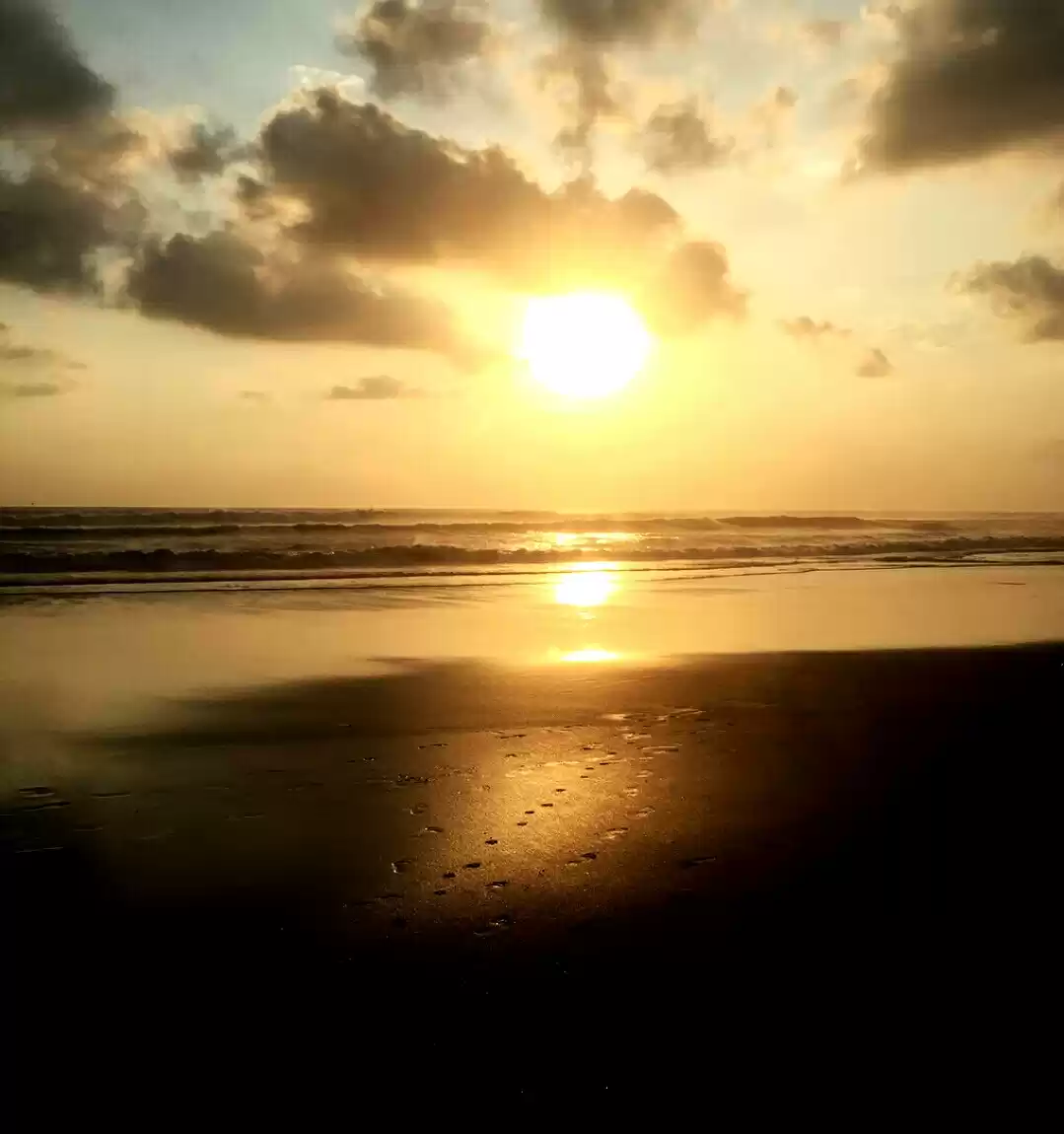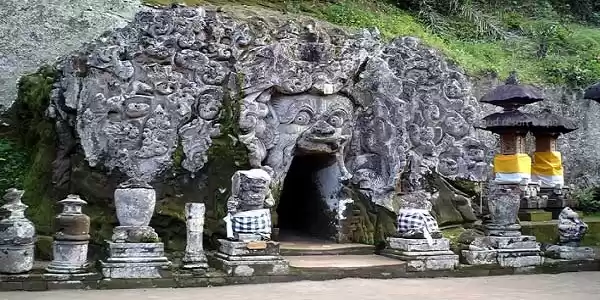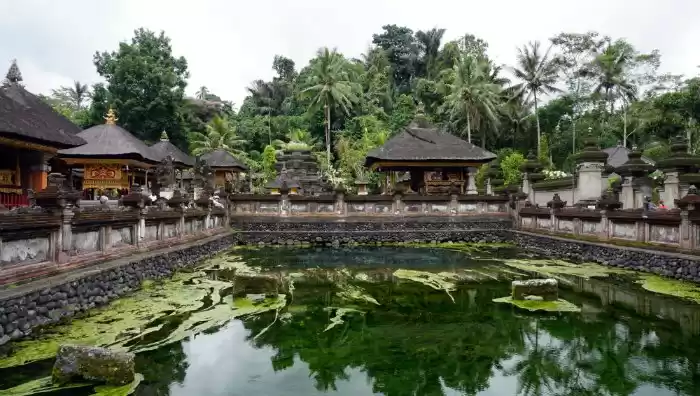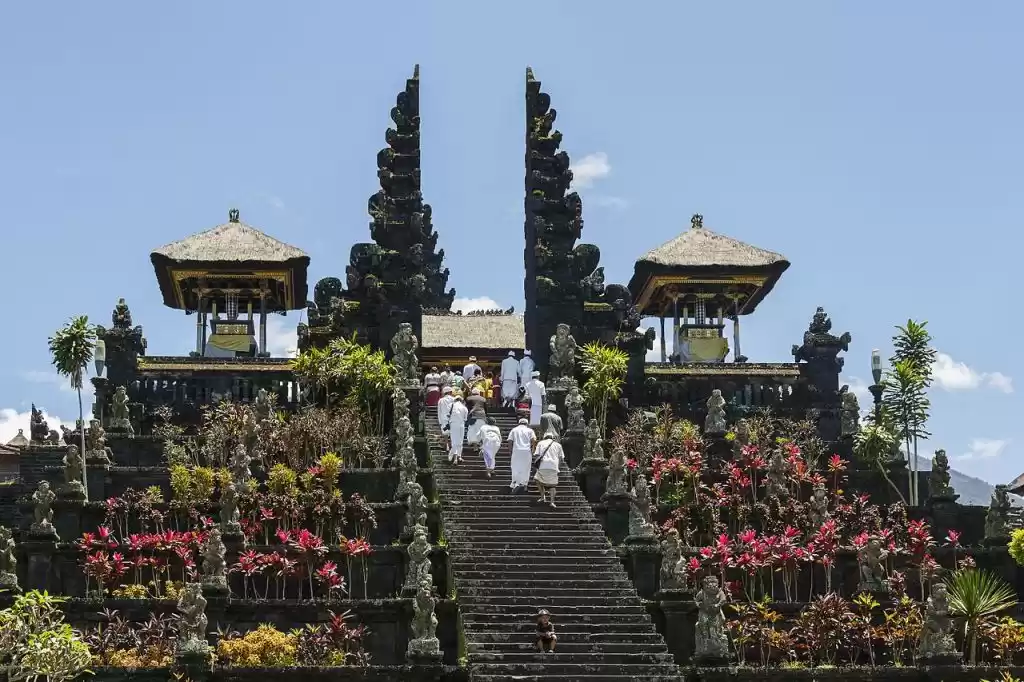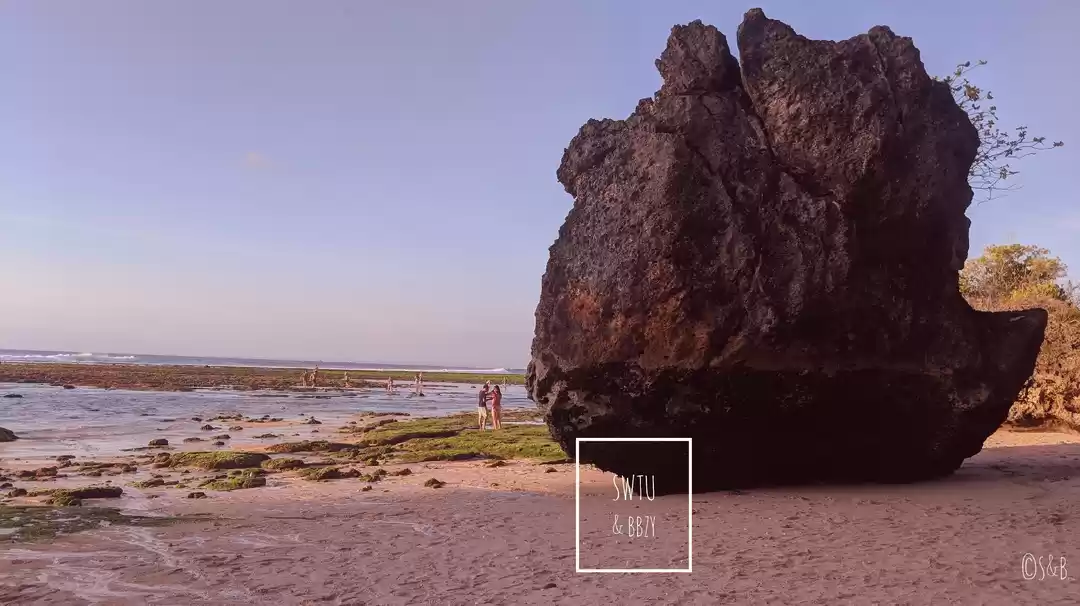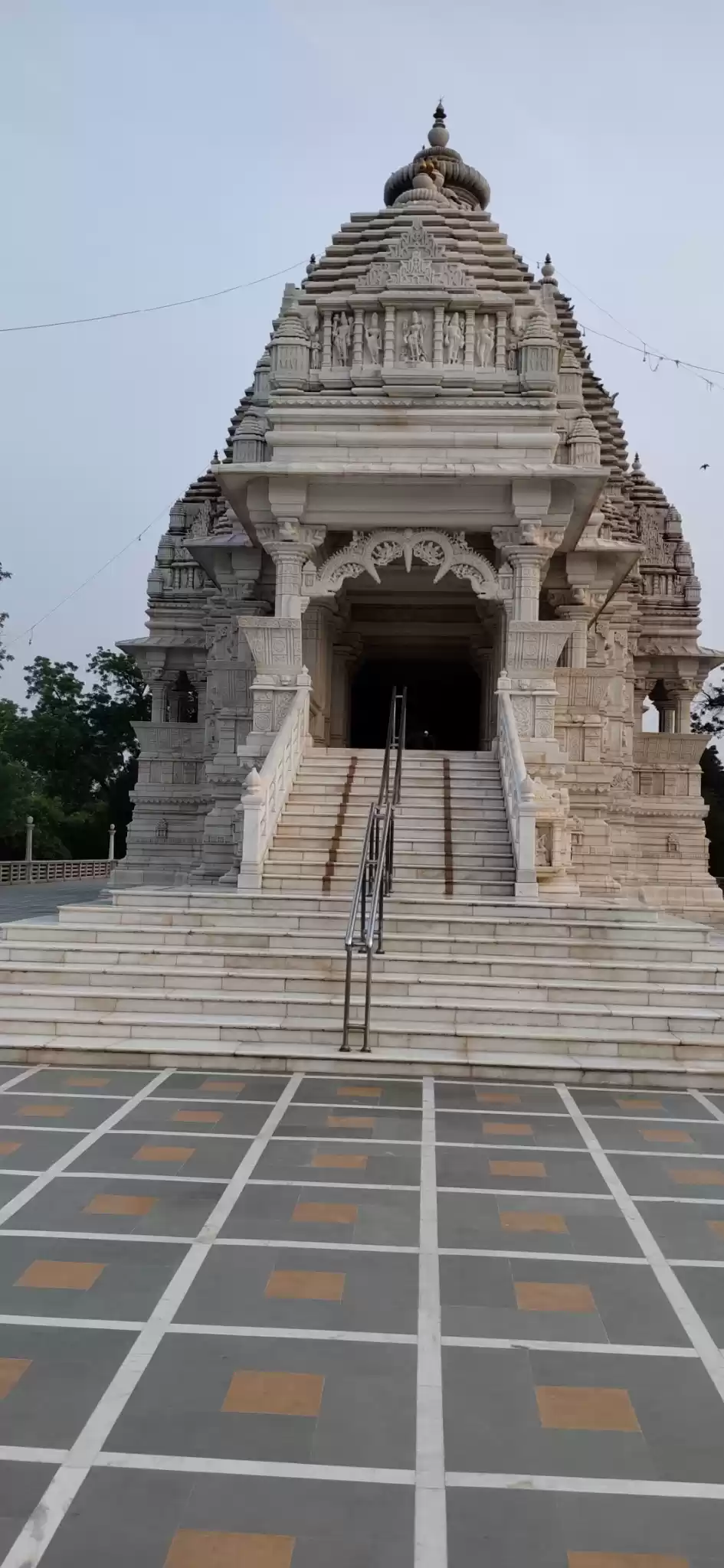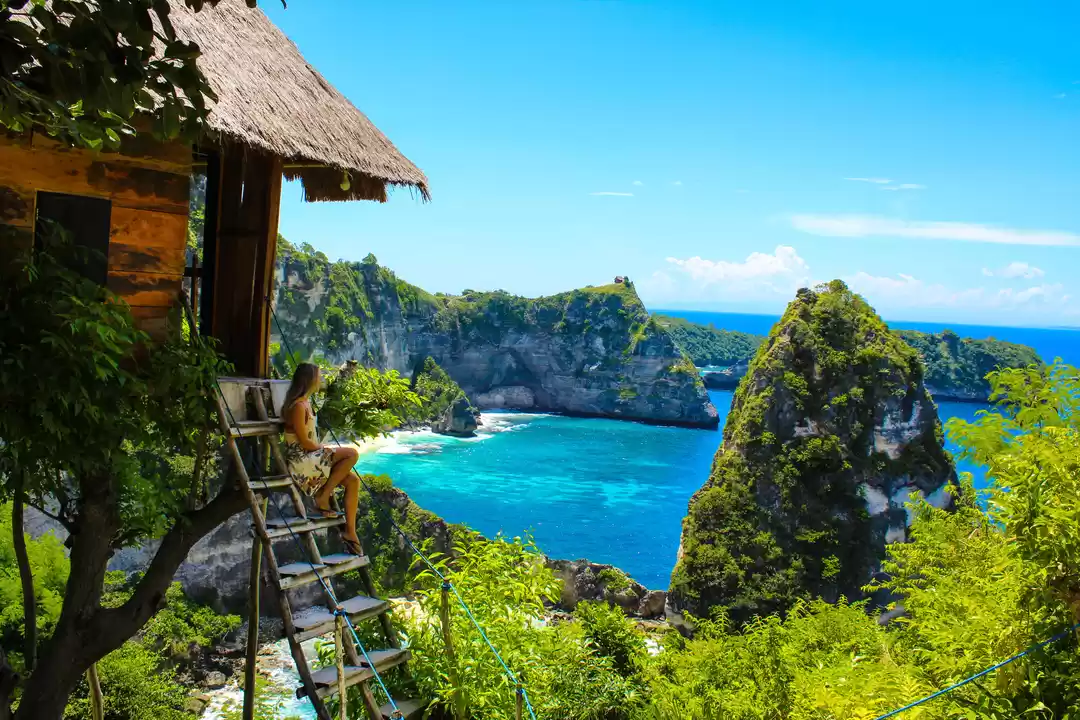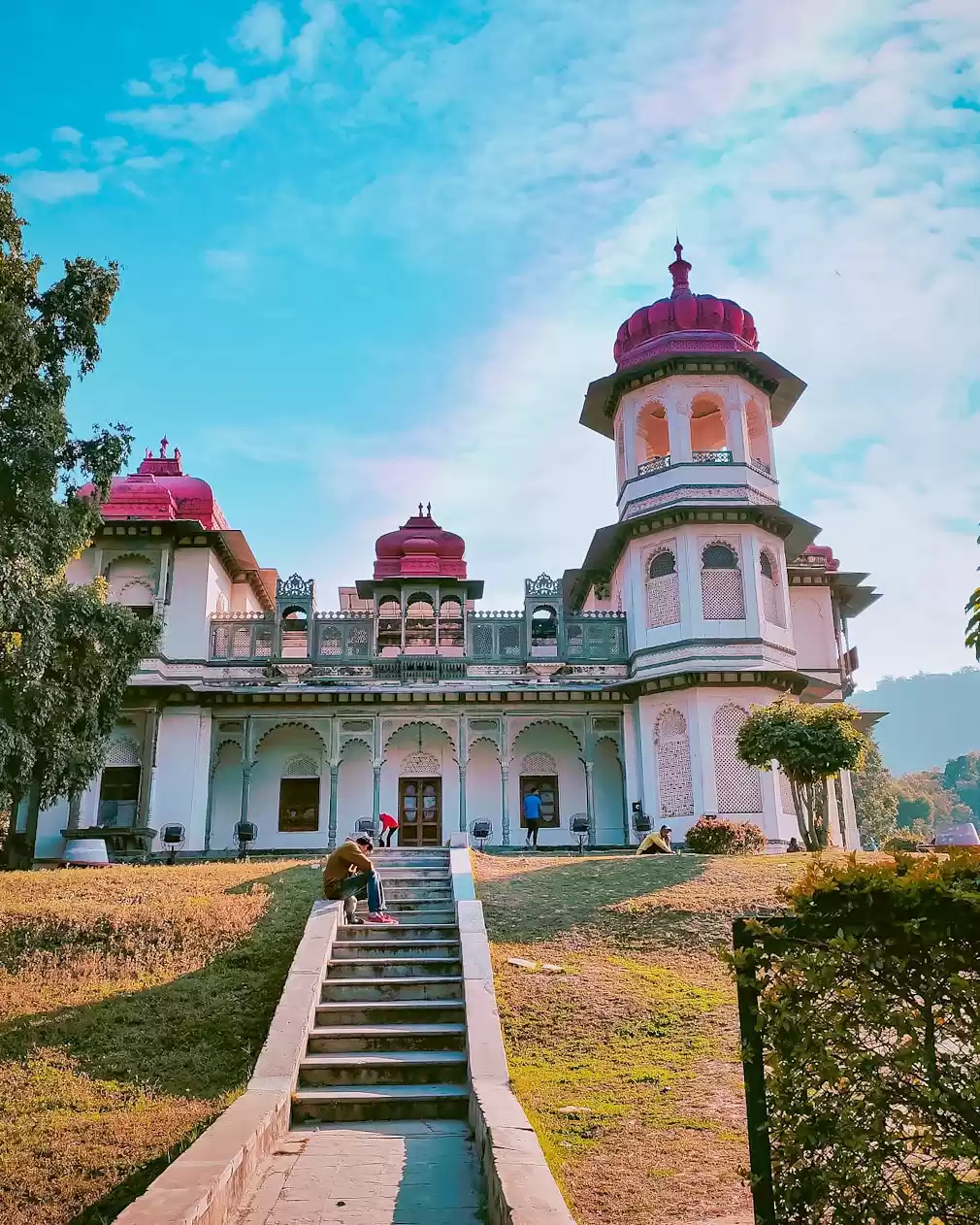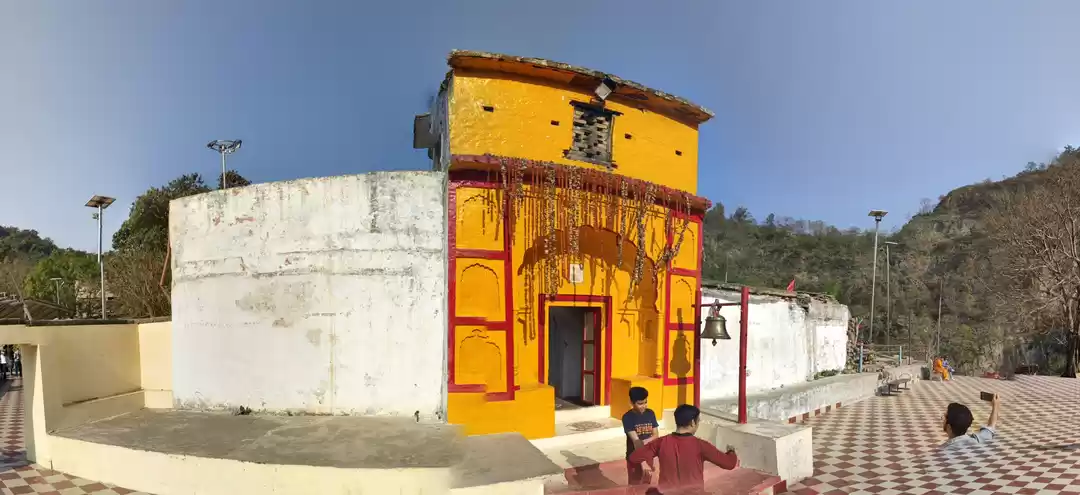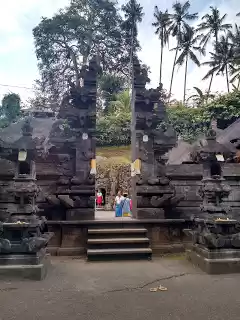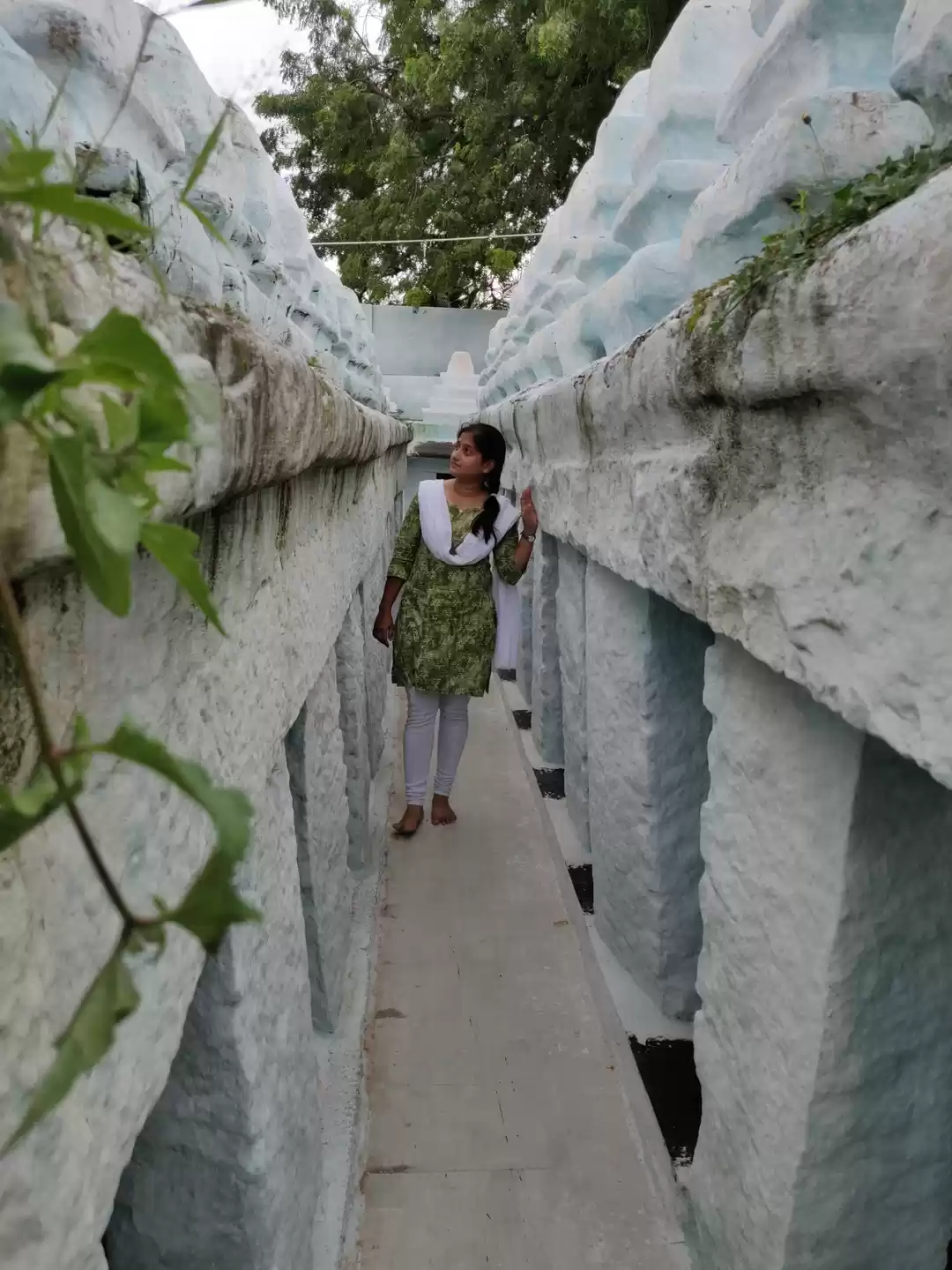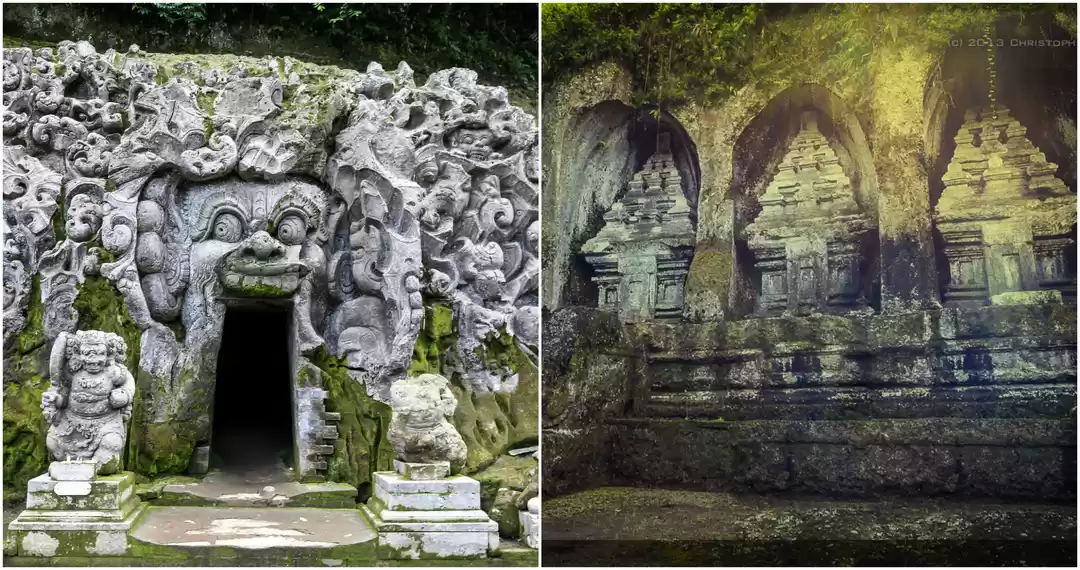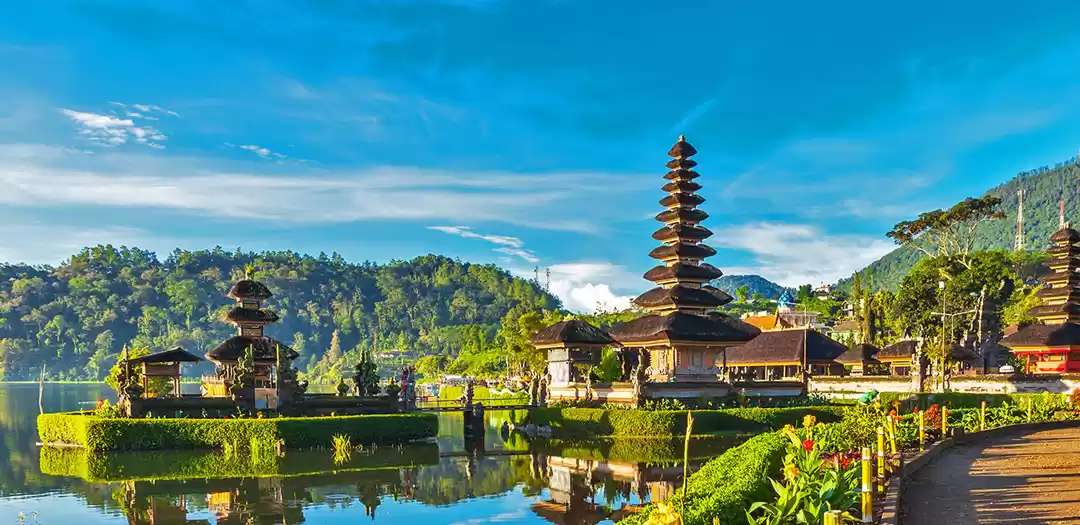Are you looking for a unique and enchanting cultural experience in Bali? Do you want to discover the beauty and wisdom of the Hindu goddess of learning and arts? If so, you should not miss visiting Pura Taman Saraswati, also known as the Lotus Temple, in the heart of Ubud.
Pura Taman Saraswati is a stunning water temple that features a large and serene lotus pond, a magnificent temple compound, and a spectacular dance performance. It is one of the most iconic and popular attractions in Ubud, and a must-see for anyone who appreciates Balinese culture and architecture.
In this article, you will learn everything you need to know about Pura Taman Saraswati, including its history, significance, location, opening hours, entrance fees, dress code, and etiquette. You will also find out what to see and do at the temple, such as admiring the lotus pond, exploring the temple compound, watching the dance performance, and dining at the cafe. Moreover, you will discover what to explore near the temple, such as other attractions and destinations in Ubud that are within walking distance.
Whether you are traveling solo, with your partner, with your family, or with your friends, you will find something to enjoy and appreciate at Pura Taman Saraswati. So, read on and get ready to plan your visit to this amazing temple!
What is Pura Taman Saraswati and Why is it Important?
Pura Taman Saraswati is a Hindu temple that is dedicated to Saraswati, the goddess of learning, literature, and arts. Saraswati is one of the most revered and influential deities in Hinduism, as she represents the creative and intellectual aspects of human life. She is often depicted as a beautiful woman with four arms, holding a book, a rosary, a water pot, and a musical instrument. She is also associated with the swan, the lotus, and the river.
The name Pura Taman Saraswati means the Garden of Saraswati Temple, as the temple is surrounded by a lush and tranquil water garden that features a large pond filled with lotus flowers. Lotus flowers are a symbol of purity, wisdom, and enlightenment in Hinduism, as they grow from the muddy water and bloom into a beautiful and fragrant blossom. The water garden also has a bridge that connects the temple with the main street of Ubud, and a fountain that sprays water into the air.

The temple was built in the 1950s by I Gusti Nyoman Lempad, a famous Balinese architect, artist, and sculptor. He was also the designer of the Ubud Palace, the official residence of the royal family of Ubud. He was inspired by the classical Balinese temple architecture and the traditional carvings and statues that depict the stories and legends of Hinduism. He also incorporated elements of modern art and design into the temple, creating a harmonious and elegant blend of styles.
The temple is one of the most important and sacred places in Ubud, as it reflects the rich and diverse culture and heritage of Bali. It is also a place where locals and visitors can learn, appreciate, and celebrate the arts and crafts of Bali, such as music, dance, painting, sculpture, and literature. The temple hosts various events and ceremonies throughout the year, such as religious festivals, cultural performances, and art exhibitions.
How to Visit Pura Taman Saraswati: Practical Information and Tips
If you are interested in visiting Pura Taman Saraswati, here are some practical information and tips that you should know before you go:
Location: The temple is located in the center of Ubud, on Jalan Kajeng, which is a side street of the main road of Jalan Raya Ubud. It is next to the Ubud Palace and the Ubud Art Market, and across from the Starbucks coffee shop.
Transportation: You can easily reach the temple by car, motorbike, or walking from different areas in Ubud. If you are coming by car or motorbike, you can park your vehicle at the parking lot near the Ubud Palace, which is about 5 minutes walk from the temple. If you are walking, you can follow the signs and the directions from the locals or the shopkeepers along the way. You can also take a taxi, a shuttle bus, or a tour to the temple from other parts of Bali, such as Kuta, Seminyak, or Denpasar.
Opening Hours: The temple is open daily from 7 am to 5 pm, except during special ceremonies or events, when the temple may be closed or restricted to the public. You can check the schedule and the availability of the temple on its official website or by contacting the temple staff.
Entrance Fee: There is no entrance fee for the temple, but donations are welcome and appreciated. You can make a donation at the donation box near the entrance or at the temple office. The donations are used for the maintenance and the preservation of the temple and the water garden.
Dress Code: Visitors are required to wear a sash and a sarong around the waist, which can be borrowed for free at the entrance. The sash and the sarong are traditional Balinese clothing that show respect and modesty to the temple and the gods. You should also wear appropriate and comfortable clothes and shoes, as you may need to walk on uneven or slippery surfaces. You should also avoid wearing anything that is too revealing, tight, or offensive, such as shorts, skirts, tank tops, or hats.
Etiquette: Visitors should follow the etiquette and the rules of the temple, such as:
Do not enter the temple if you are sick, injured, or menstruating, as this is considered impure and disrespectful to the temple and the gods.
Do not touch, move, or disturb anything inside the temple, such as the offerings, the statues, or the carvings, as this is considered rude and sacrilegious.
Do not take photos or videos inside the temple without permission, as this may disturb the worshippers or the ceremonies. You can take photos or videos outside the temple or at the lotus pond, but be respectful and mindful of the people and the environment around you.
Do not make loud noises or gestures, such as shouting, laughing, or pointing, as this may annoy or offend the locals or the visitors. You should also turn off or silence your phone or any other electronic devices while you are at the temple.
Do not litter or damage the temple or the water garden, as this may harm the nature and the beauty of the place. You should also dispose of your trash properly and recycle when possible.
Tips and Tricks for Visitors
Here are some tips and tricks on how to make the most of your visit to Pura Taman Saraswati, such as:
1. The best time to visit the temple is in the morning or in the evening, when the weather is cooler and the crowd is smaller. You can also enjoy the sunrise or the sunset at the temple, which creates a magical and romantic atmosphere.
2. The best spots to take photos at the temple are at the bridge, the fountain, the lotus pond, and the open stage. You can also ask the temple staff or the locals to take photos for you, or use a tripod or a selfie stick. You can also use filters or editing tools to enhance your photos, such as adjusting the brightness, contrast, or saturation.
3. The best season to see the lotus flowers at the temple is in the dry season, from April to October, when the flowers are in full bloom and the water is clear and clean. You can also see different colors and varieties of lotus flowers, such as pink, white, or purple. You can also smell the fragrance and hear the buzzing of the bees and the birds around the flowers.
What to See and Do at Pura Taman Saraswati: The Main Attractions and Activities
There are many things to see and do at Pura Taman Saraswati, such as:

The Lotus Pond:
The lotus pond is the most prominent and attractive feature of the temple, as it covers the entire front area of the temple and creates a stunning and peaceful scenery. The lotus pond is filled with hundreds of lotus flowers that float on the surface of the water, creating a contrast of green and pink colors. The lotus pond also has a water garden that surrounds the pond and adds more beauty and freshness to the place. The water garden has various plants and flowers, such as ferns, orchids, and hibiscus, that grow along the edges of the pond and the bridge. The water garden also has a fountain that sprays water into the air, creating a refreshing and soothing sound and effect.
The Temple Compound:
The temple compound is the main building and the core of the temple, where the worshippers and the visitors can enter and explore the inner courtyard and the shrines. The temple compound features the classical Balinese temple architecture, which consists of three parts: the nista mandala (the outer courtyard), the madya mandala (the middle courtyard), and the utama mandala (the inner courtyard). The temple compound also features intricate and elaborate carvings and statues that depict the stories and legends of Hinduism, such as the Ramayana, the Mahabharata, and the Bhagavad Gita. The temple compound also has a large and impressive gate that marks the entrance to the temple, and a tall and majestic tower
The Dance Performance:
The dance performance is one of the most exciting and entertaining activities at the temple, as it showcases the traditional and authentic Balinese dance and music. The dance performance is held every Monday night at 7:30 pm at the open stage, which is located at the front of the temple and overlooks the lotus pond. The dance performance features the Joged dance, which is a social and interactive dance that involves the audience and the dancers. The Joged dance is accompanied by live music played by a gamelan orchestra, which is a group of musicians who play various instruments, such as gongs, drums, flutes, and xylophones. The dance performance also features colorful and elaborate costumes and accessories, such as masks, fans, and scarves. The dance performance lasts for about an hour, and requires a minimum dinner cover charge of 100,000 IDR (about 7 USD) per person at the Cafe Lotus.
The Cafe:
The cafe is a great place to relax and enjoy a delicious meal or a refreshing drink at the temple, as it offers a stunning view and a cozy ambiance. The cafe is called Cafe Lotus, and it is located at the side of the temple and next to the lotus pond. The cafe serves a variety of Indonesian and international dishes, such as nasi goreng (fried rice), sate ayam (chicken skewers), pizza, pasta, and salad. The cafe also serves a selection of beverages, such as coffee, tea, juice, and beer. The cafe is open daily from 8 am to 11 pm, and accepts cash and credit cards. The cafe is also a popular spot to watch the dance performance, as it has a direct and clear view of the open stage. However, you need to make a reservation in advance and pay a minimum dinner cover charge to secure a seat at the cafe.
What to Explore Near Pura Taman Saraswati: The Nearby Attractions and Destinations
If you want to explore more of Ubud and its surroundings, you will be happy to know that there are many other attractions and destinations that are within walking distance from Pura Taman Saraswati, such as:

Ubud Palace:
Ubud Palace is the official residence of the royal family of Ubud, and one of the most prominent and historical landmarks in Ubud. The palace features the traditional Balinese architecture and the exquisite carvings and statues that reflect the royal and cultural heritage of Ubud. The palace is open daily from 8 am to 7 pm, and there is no entrance fee. You can also watch a cultural performance of the Barong dance or the Legong dance at the palace every evening at 7:30 pm, which costs 100,000 IDR (about 7 USD) per person.

Ubud Art Market:
Ubud Art Market is a bustling and vibrant market where you can find and buy a variety of handicrafts and souvenirs made by the local artisans, such as paintings, sculptures, textiles, jewelry, and woodcarvings. The market is open daily from 8 am to 6 pm, and you can bargain and negotiate the prices with the sellers. You can also find some food stalls and cafes at the market, where you can sample some local snacks and drinks, such as pisang goreng (fried banana), es cendol (coconut milk and jelly drink), and kopi luwak (civet coffee).

Ubud Monkey Forest:
Ubud Monkey Forest is a sacred forest sanctuary that is home to hundreds of long-tailed macaques, as well as ancient temples and statues. The forest is a natural and spiritual attraction that offers a fun and adventurous experience for visitors of all ages. You can interact and feed the monkeys, but be careful and respectful, as they can be cheeky and aggressive. You can also explore the forest and admire the flora and fauna, such as the banyan trees, the orchids, and the butterflies. The forest is open daily from 8:30 am to 6 pm, and the entrance fee is 80,000 IDR (about 6 USD) per person.
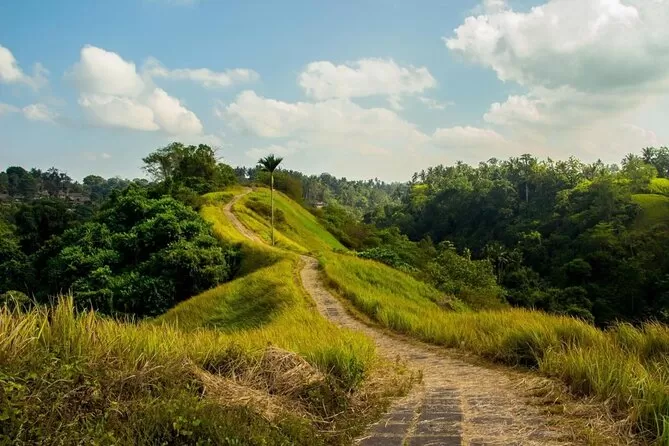
Campuhan Ridge Walk:
Campuhan Ridge Walk is a scenic hiking trail that offers panoramic views of the lush green hills and valleys of Ubud. The trail is about 2 km long, and it is suitable for beginners and experienced hikers alike. You can enjoy the fresh air and the natural beauty of the place, as well as take some amazing photos and selfies. The trail is open daily from 6 am to 6 pm, and there is no entrance fee. You can also find some cafes and restaurants along the way, where you can rest and refresh yourself.
Pura Taman Saraswati is a must-visit attraction in Ubud, Bali, as it offers a unique and enchanting cultural experience that you will never forget. You can discover the beauty and wisdom of the goddess of learning and arts, admire the stunning and serene lotus pond, explore the magnificent and sacred temple compound, watch the spectacular and entertaining dance performance, and dine at the cozy and charming cafe. You can also explore more of Ubud and its surroundings, as there are many other attractions and destinations that are within walking distance from the temple.
So, what are you waiting for? Book your hotel, your tour, or your flight to Ubud, and get ready to visit Pura Taman Saraswati, the Lotus Temple in Ubud, Bali! You will not regret it!
Thank you for reading this article, and we hope you found it helpful and informative. If you have any feedback, comments, or questions, please feel free to share them with us. We would love to hear from you!






